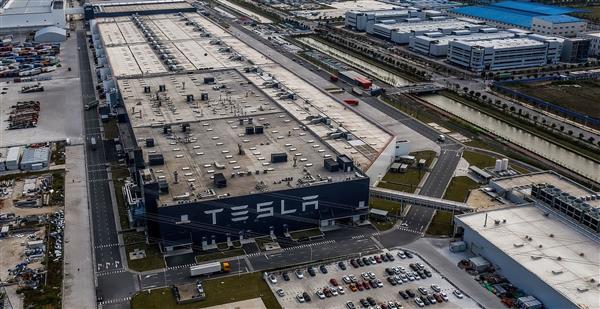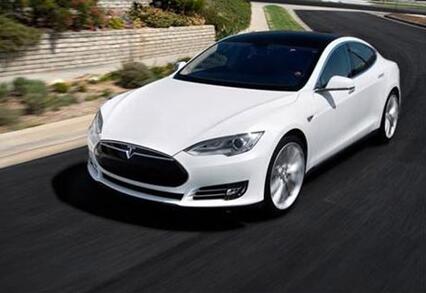本次事件所涉及的进口到新加坡的Model S于2014年出厂,其额定能耗为181瓦特小时/公里。新加坡陆路交通管理局已确认,这一能耗值意味着Model S是新加坡目前最清洁的汽车,Model S车主理应享受到鼓励政策,而非被罚款。
Model S之所以能成为新加坡最清洁的汽车,是因为燃油汽车的二氧化碳排放量大大高于电动汽车。在新加坡,发电所排放的二氧化碳约为0.5千克/千瓦时。根据Model S型181瓦特小时/公里的能耗,得出其二氧化碳排放量为90克/公里。同级别的燃油汽车(如梅赛德斯S级S500)的二氧化碳排放量则约为200克/公里。此外,由于石油需要开采、运输和精炼,因此,在计算燃油汽车的真正碳排放量,还应该在此基础上再加25%左右。也就是说,以Model S为代表的电动汽车每公里二氧化碳排放量仅相当于燃油汽车的三分之一左右。另外,随着太阳能和风力发电比例在新加坡的不断加大,发电所产生的二氧化碳还将逐年降低。
我们正在与新加坡陆路交通管理局进行合作性讨论,以期达成对于这些问题的正确理解,并确保他们正确地测试我们车主的Model S汽车。基于双方讨论的积极方向,我们相信这个课题将会很快获得解决。
Statement attributable to Tesla:
The Model S that our customer imported into Singapore left our factory in 2014 with energy consumption rated at 181 Wh/km. As the Land Transport Authority has confirmed, this qualifies as the cleanest possible category of car in Singapore and entitles the owner to an incentive rather than a fine.
Model S achieves this result because CO2 emissions in gas-powered cars are far higher than in electric cars. In Singapore, electricity generation releases roughly 0.5kgCO2/kWh. Based on energy consumption in Model S of 181 Wh/km, this results in 90 g CO2/km. Driving an equivalent gas-powered car like the Mercedes S-Class S 500 results in emissions of approximately 200 gCO2/km. And because of oil extraction, distribution, and refining, approximately 25% more has to be added on top of that to calculate the real carbon footprint of gas-powered cars. That means an electric car like the Model S has almost three times lower CO2 per km than an equivalent gas-powered car. Moreover, as Singapore increases the percentage of grid power from solar and wind, the CO2 from electricity drops with each passing year.
We are having cooperative discussions with the LTA to ensure a proper understanding of these issues and to make sure that they are correctly testing our customer’s Model S. Based on the positive nature of those discussions, we are confident that this situation will be resolved soon.











